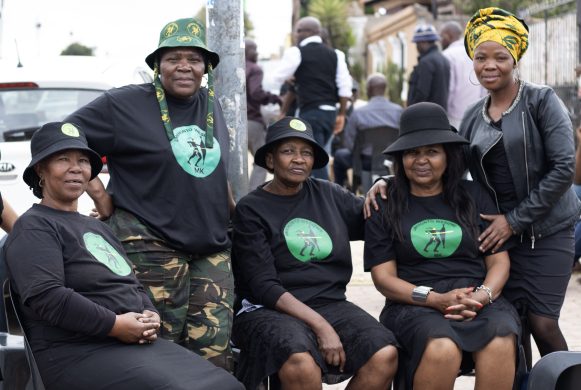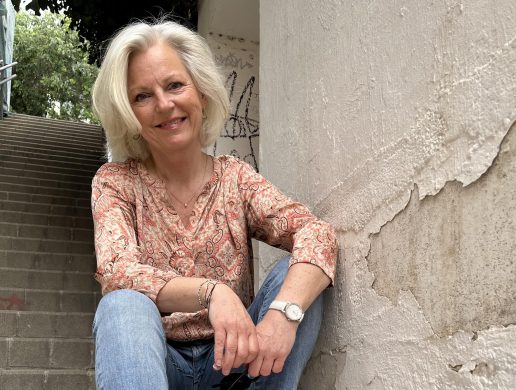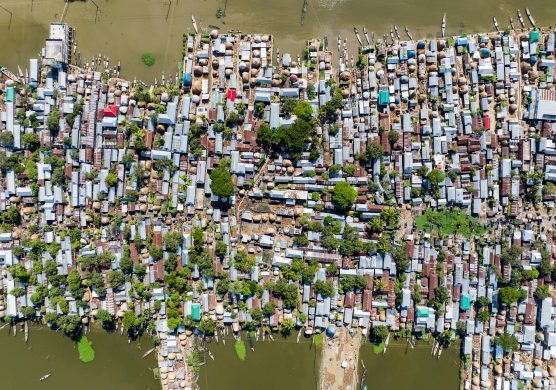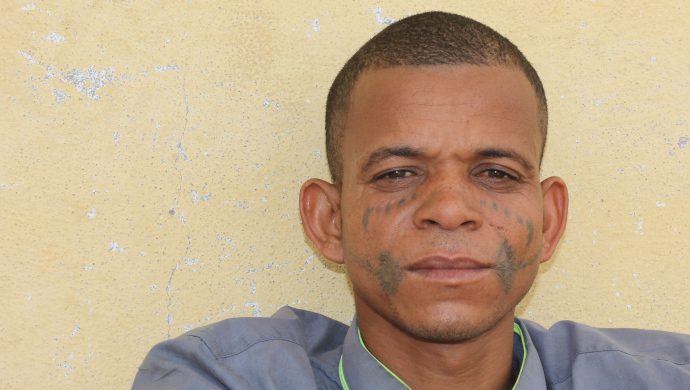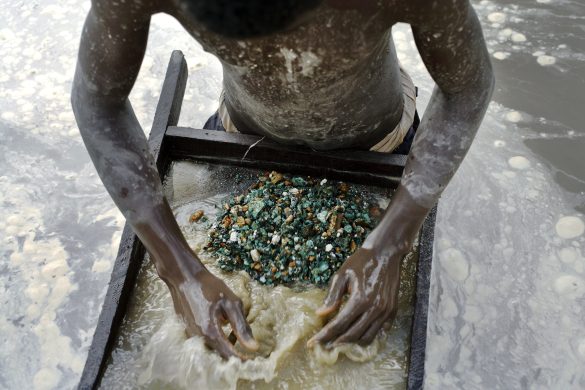Chefen for Verdensbanken – klodens største kanal for udviklingsbistand – er ikke i tvivl om, hvad der skal til og at vi kan gøre det, hvis vi vil – forudsætningen er politisk vilje, som vel at mærke bliver omsat i praktisk handling.
WASHINGTON D.C., 18th March 2015 (World Bank): Climate change is fundamentally a development issue. It threatens to worsen poverty and hurt economic growth.
At the same time, how countries grow and the investments they make to meet the energy, food and water needs of an expanding population can fuel climate change, raising risks worldwide, or contribute to solutions.
In a lecture to students at Georgetown University in Washington, D.C., on March 18, World Bank Group President Jim Yong Kim laid out five key areas where policies and growth choices can help reduce the drivers of climate change.
“We have to keep the economy growing – there is no turning back on growth,” President Kim told the student audience. “What we have to do is decouple growth from carbon emissions.”
1) Put a price on carbon (CO2)
Cutting emissions (udledninger) starts with clear policy signals.
Carbon pricing systems – such as emissions trading systems that cap emissions or carbon taxes that charge per ton – send a long-term signal to companies by creating an incentive to reduce polluting behaviors and to invest in cleaner energy choices and low-carbon innovation.
Close to 40 countries and more than 20 cities, states and provinces now have or are preparing to implement carbon pricing through emissions trading systems or carbon taxes, and their numbers are growing.
South Korea launched the newest carbon market in January. China, with seven pilot carbon markets in cities and provinces, saw its emissions drop last year and plans to launch a national emissions trading system as early as 2016.
“A price on carbon is the single most important thing we have to get out of a Paris agreement. It will unleash market forces,” President Kim said when asked about expectations for the international climate agreement expected in December 2015 in Paris.
2) End fossil fuel subsidies (kul, olie m.v.)
Fossil fuel subsidies (støtteprdninger for at holde priserne nede) send a different signal – one that can encourage waste and discourage low-carbon growth.
By phasing out harmful fossil fuel subsidies, countries can reallocate their spending to where it is most needed and most effective, including proving targeted support for the poor.
Nearly 550 billion US dollar went into direct fossil fuel subsidies worldwide in 2013, taking up large percentages of some countries’ GDP to artificially lower energy prices.
Yet, “the evidence shows that fossil fuel subsidies are not at all about protecting the poor,” President Kim said.
Studies show the wealthiest 20 percent of the population captures six times the benefit from fossil fuel subsidies as the poorest 20 percent.
Reforming subsidies is never easy. Often, the population is unaware of the true costs of energy, and support for the poor must be phased in as the subsidies are phased out. The World Bank is providing support for fossil fuel subsidies reform through a $20 million facility that will help countries design and implement subsidy reform and accompanying social protection systems.
3) Build low-carbon, resilient (klimamodstandsdygtige) cities
Læs videre på
http://www.worldbank.org/en/news/feature/2015/03/18/5-ways-reduce-drivers-climate-change







